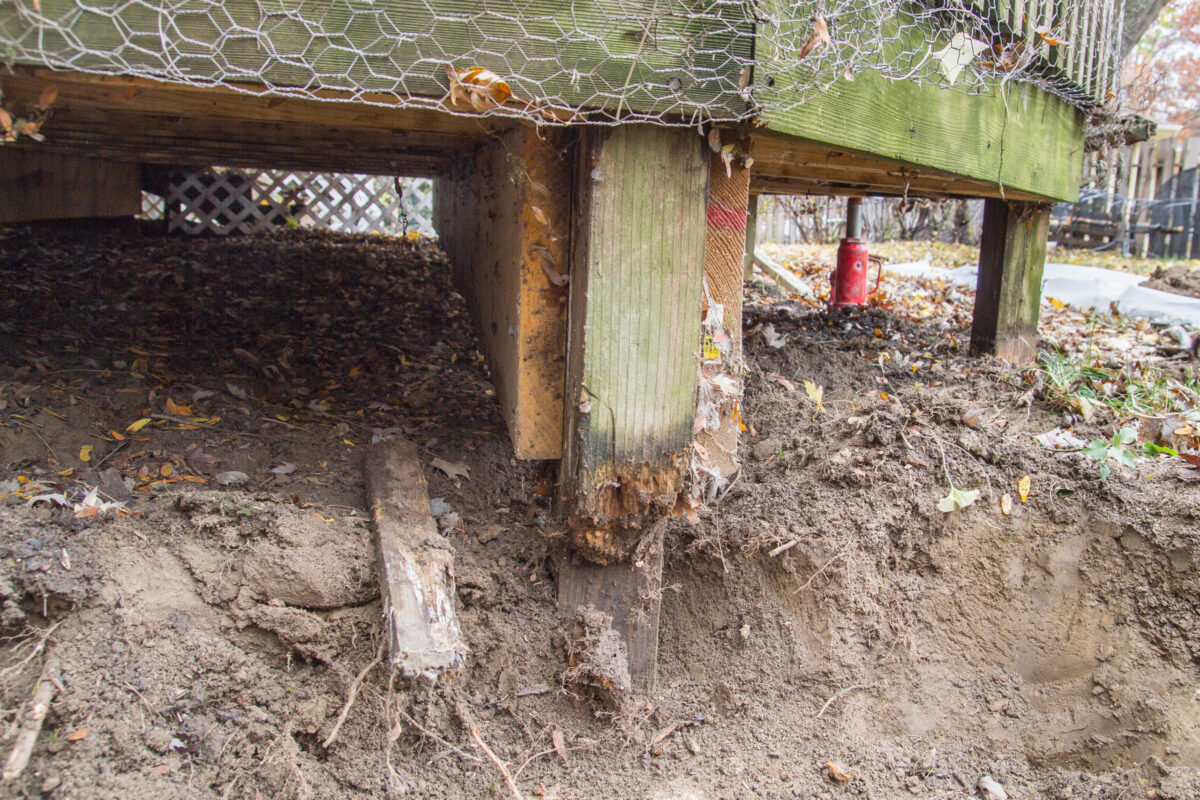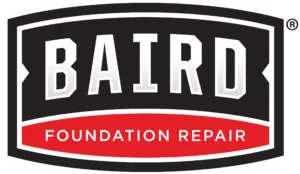
How Different Types of Soil Can Affect Your Foundation
There’s a lot to consider when building a residential or commercial building in central Texas. There’s cost, climate, location, as well as the type of soil your project should rest on.
What are the most common soils used in Texas? What type of soil do you want to avoid having a foundation built on top of? Baird Foundation Repair answers these questions in the article below, where you’ll learn more about Texas soil and how it can affect your foundation!
Does Soil Type Matter?
The short answer is yes. The materials used to build a business or home, such as the soil that will support your foundation, affects the overall safety and longevity of your building.
Each type of soil has specific properties that can affect a foundation differently. Some soils experience frequent expansion, leading to foundation damage, while others are more stable. If you plan to build in central Texas, it’s important to familiarize yourself with the most common soils to ensure the strength and stability of your foundation. Here are the most common soils used:
Clay Soil
Heavy clay soils are often used around the Harris County region and are also known to cause problems when exposed to high amounts of water. Clay is highly absorbent, which expands in volume as it becomes more saturated. So-called “expansive clays” can cause foundations to crack, heave, or shift over time.
If clay is unavoidable in your residential community or commercial construction, consider contacting your local foundation repair company to discuss soil stabilization methods.
Clay Loam Soil
Clay loam is predominantly found in Bexar County, home to San Antonio. Loam soil consists of three types of soil: sand, silt, and clay soils. This combination of soil types creates a very stable soil with little to no potential for change when moisture increases or decreases. According to the University of Michigan’s guide on Soil Properties and Processes, it’s specifically made up of 27-40% clay and 20-45% sand.
For homes, clay loam is typically seen as the ideal soil type for supporting foundations. As long as other unknown soils don’t make their way onto the surface, clay loam would be a great choice.
Sandy Loam Soil
Texas not only has clay loam but sandy loam as well. Also found primarily within Bexar County, sandy loam is often used beneath the foundation of buildings and is also a favorite among gardeners. Similar to clay loam, it’s also made up of a combination of sand, silt, and clay. However, as the name suggests, sandy loam has a finer, more sand-like texture. As reported by the University of Michigan, sandy loams are 20% or less clay and 52% or more sand.
Sandy loam offers even less water absorption than soil, and while this does mean it absorbs less water overall, this doesn’t always mean it offers more stability. When moist and compacted, sand holds together very well. But since it doesn’t retain moisture, sand particles can wash away over time and create gaps beneath the foundation. This means that while it is drier, sandy loam can lead to increased sub-surface water movement, which is important to keep in mind.
Contact Baird Foundation Repair!
Are you looking to build in Texas, and need advice on soil types? Have you already completed a project and suspect foundation damage? Baird Foundation Repair can help! Whether it’s discussing methods to prevent foundation damage or narrowing down the culprit behind a current foundation issue, our foundation repair experts are ready to help you achieve a stronger, safer business or home today!
Baird Foundation Repair , slab foundation , soil conditions , stabilize foundation , uneven floors
